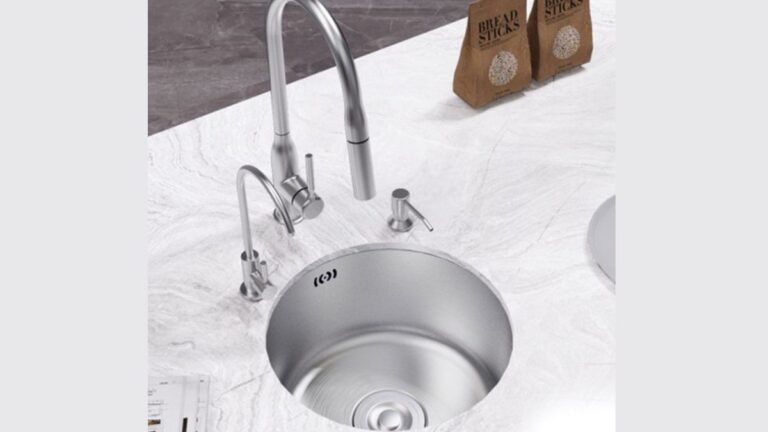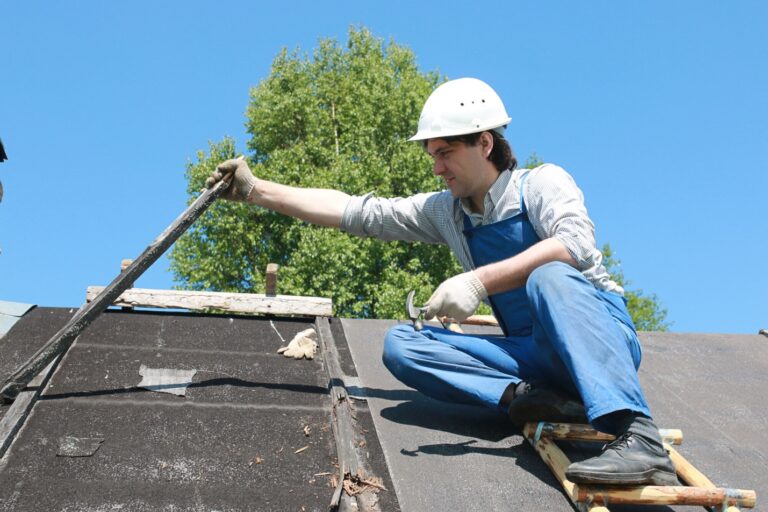Best Practices for Maintaining Your Air Conditioning Systems
Introduction: Why Air Conditioning Maintenance Matters
Regular air conditioning system maintenance ensures it operates efficiently, reduces energy costs, and extends its lifespan. Neglecting routine upkeep can lead to costly repairs and uncomfortable indoor conditions. By leveraging high-quality central air conditioner services, homeowners can keep their systems running smoothly and enjoy a comfortable living environment. Regular maintenance keeps your system operating at top efficiency and helps prevent unplanned malfunctions, allowing it to achieve the required cooling effect with the least amount of energy.
Schedule Regular Professional Inspections
Hiring a professional HVAC technician to perform inspections and tune-ups at least once a year can identify potential problems before they become serious. According to the Environmental Protection Agency (EPA), regular maintenance can increase an air conditioner’s efficiency by up to 15%. A professional inspection typically includes checks of the thermostat settings, tightening all electrical connections, and lubricating moving parts. Technicians also check refrigerant levels, clean the coils, and ensure the system operates safely. By scheduling annual inspections, you can catch minor issues early, avoiding costly repairs and improving the overall lifespan of your system.
Replace or Clean Air Filters
Dirty air filters can restrict airflow and reduce the efficiency of your air conditioning system. It’s a good practice to check and replace your air filter every 1-3 months, depending on your usage and the type of filter. Clean filters improve air quality and help keep your system running smoothly. Frequent filter replacement can also alleviate allergy symptoms and improve household air quality.
- Determine the type of filter your system uses: Consult your air conditioner’s user manual for specific filter recommendations.
- Keep spare filters on hand for easy replacements: Stocking up on filters ensures you’re always ready to perform a quick change.
- Consider using high-efficiency particulate air (HEPA) filters for better air quality: HEPA filters can trap smaller particles and provide superior air purification compared to standard filters.
Keep the Outdoor Unit Clean and Clear
Debris, such as leaves, dirt, and grass, can accumulate around the outdoor unit, impeding airflow and affecting performance. Ensure to clean the unit regularly and keep the area around it clear of obstructions. This simple step can significantly improve your system’s efficiency. Regularly inspect the unit and gently remove any accumulated debris using a garden hose. Never use a pressure washer, as it could damage the unit. Additionally, ensure that shrubs, trees, or other plants are trimmed back to allow for adequate airflow, typically keeping a two-foot radius clear around the unit.
Check and Clean the Condensate Drain Line
Algae, mildew, or other material can plug the condensate drain line, causing inefficiency and water damage. Regularly inspecting and cleaning the drain line can help avoid these problems and guarantee that moisture is adequately evacuated from your system. Water backup into your house from a clogged condensate drain line may also result in mold development and water damage.
- Locate the condensate drain line: Typically, it’s a PVC pipe near the indoor cooling coil or blower unit.
- Use a wet/dry vacuum or a brush to clear clogs: Suction can remove obstructions quickly, while a brush can dislodge stubborn debris.
- Pour a mixture of bleach and water through the line to prevent mold growth: This simple solution can keep the line clear and free of microbial buildup. Ideally, perform this step at least once a year to maintain optimum condition.
Monitor Your Thermostat Settings
Setting your thermostat correctly can improve system performance and save energy. You can reduce your cooling expenses by turning down your thermostat at home and raising it when you are gone. A programmable thermostat can automate these adjustments based on your schedule, leading to consistent savings. According to Energy Star, using a programmable thermostat can automate adjustments and help maintain comfortable indoor temperatures while saving you money. Additionally, it is beneficial to avoid extreme temperature settings as they force your system to work harder, increasing wear and tear.
Seal and Insulate Your Ductwork
Your air conditioning system may experience severe strain and energy loss due to leaky or inadequately insulated ducting. If sealed and insulated, your ducts can have better airflow and more effective cooling air delivery. According to Energy Star, duct sealing can increase system efficiency by up to 20%. Leaks frequently occur in connections, joints, and seams. To stop these leaks, use metal-backed tape or duct mastic. Attics and basements are examples of unconditioned locations where duct insulation is particularly useful for preventing heat loss and maintaining colder air temperatures throughout the house.
Conclusion: Enjoy a Cool and Efficient Home
By following these best practices, you can maintain your air conditioning system’s efficiency, save on energy costs, and extend its lifespan. Regular maintenance checks, cleaning, and proper settings ensure a comfortable and cool home environment. If you take the time to maintain your system, you will be rewarded with dependable performance for years to come. Recall that preventive maintenance protects your comfort and extends your air conditioning system’s lifespan and overall effectiveness.







